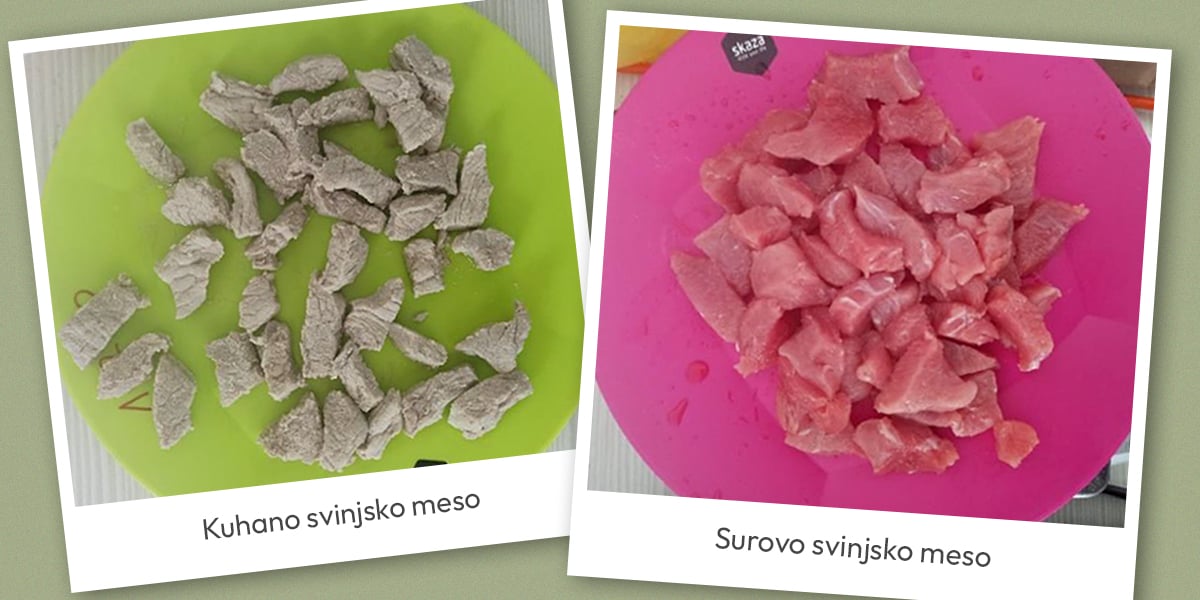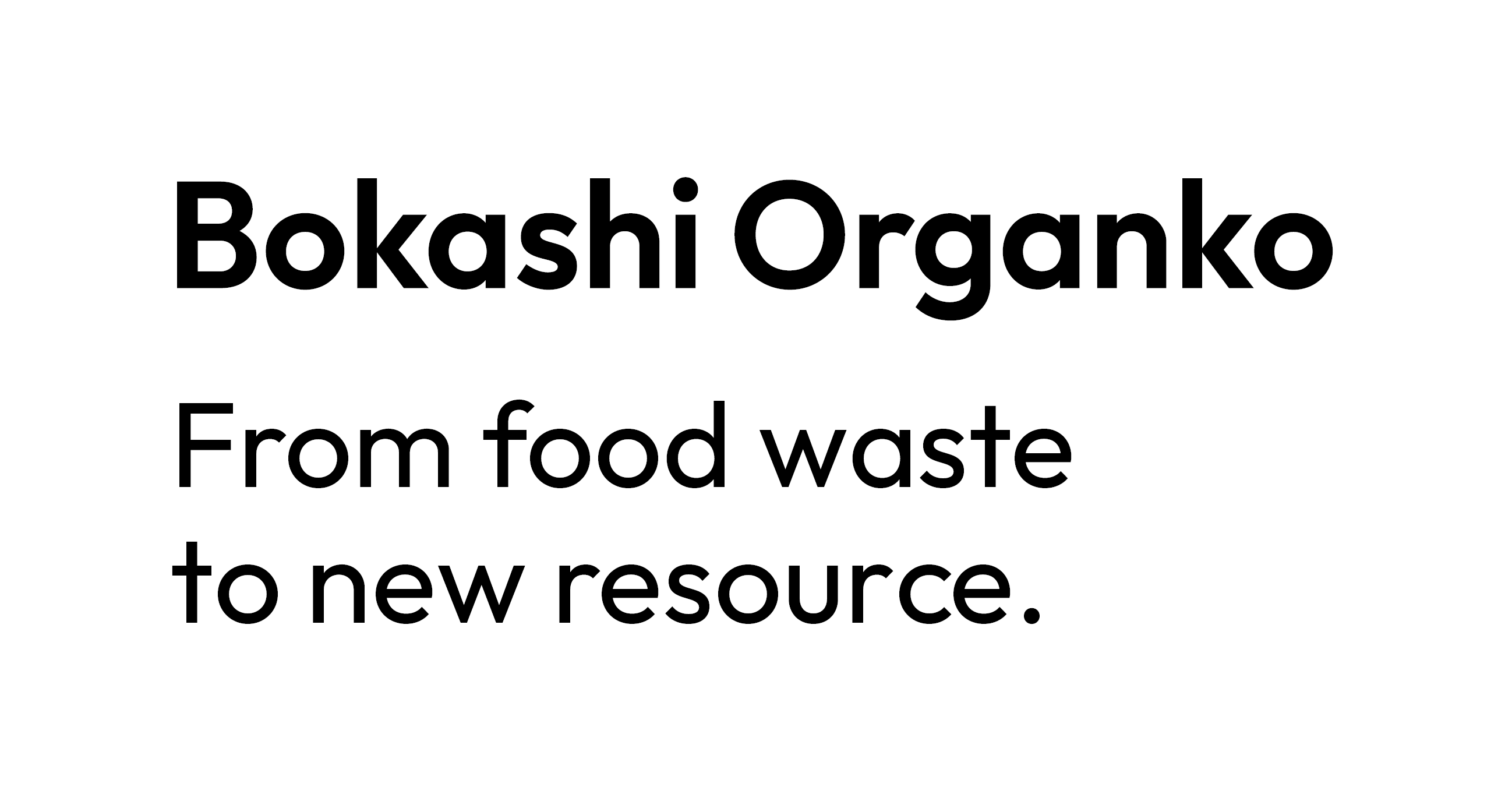Do you think you can effectively and efficiently compost raw meat in a bokashi composter? Dive into today’s article and find out!
Unless you are a vegetarian and prepare your own meals, you probably deal with raw meat regularly. Of course, ideally, you buy just the right amount of raw meat and don’t waste any of it. However, realistically, we all make mistakes and buy or cook too much. As such, sometimes we need to waste either raw or cooked meat. Moreover, while preparing meat, we tend to cut off pieces of fat and with it a bit of meat itself. All-in-all, if a household is non-vegan and non-vegetarian (which still applies to the majority of households worldwide), cooked or even raw meat is a part of that household’s kitchen waste.
And, since we believe that indoor composting using the bokashi method is the ultimate solution for kitchen waste, we decided to test it on cooked and raw meat. Essentially, we wanted to answer “can we compost raw meat in a bokashi composter efficiently?”. So, we decided to conduct an in-house experiment in collaboration with NLZOH (“Nacionalni Laboratorij za Zdravje, Okolje in Hrano”), the Slovene national laboratory for health, environment, and food, which performed a more advanced analysis of our samples.
Now that you know our purpose was to determine whether or not we can compost raw meat properly with a bokashi composter, let’s look at our experiment and its results, shall we?
Our “Can we compost raw meat?” experiment
Unless you’ve been living under a rock, you know that here at Skaza we have a special line of products from recycled plastics that aims to solve the problem of organic/kitchen waste. These products are known as the Bokashi Organko fleet and are indoor composters of high quality. These composters ensure airtight conditions, which are essential for fermentation to take place. And yes, bokashi composting is in fact fermentation.
Furthermore, when fermentation is underway, it produces a side product - fermentation liquid a.k.a. bokashi juice. Hence, a good-quality bokashi bin must also allow users to easily collect this liquid. Moreover, proper bokashi bins must also support user-friendly handling (ergonomic design).
Naturally, we’ve ensured that Bokashi Organko bins incorporate all these qualities. However, we still wanted to make sure they can also handle meat - raw meat in particular. So, we used the Bokashi Organko 1 bin for the sake of our “Can we compost raw meat?” experiment.

Here’s the gist of the “collect” and “process” phases of indoor bokashi composting using quality bins:
- Sprinkle the bottom of the empty bin with approx. 20 ml of bokashi bran (rich with effective microorganisms).
- Add a batch of organic waste and sprinkle it with approx. 20 ml of bokashi bran. Repeat that for every daily batch of organic waste.
- As the fermentation takes place, the organic waste starts to convert into fermented mass (bokashi cake) and fermentation liquid (bokashi juice). The latter starts to accumulate at the bottom of the bin, so it needs to be collected every 2-3 days.
- Once the bin is full, it should ideally be left closed for a minimum of two weeks to convert kitchen waste into a high-quality pre-compost mass. During that process, we still need to collect the liquid
Setup of our “Can we compost raw meat?” experiment
We prepared three Bokashi Organko 1 bins:
- In the first bin, we collected kitchen waste without meat.
- In the second bin, we collected kitchen waste and added cooked meat (chicken, beef, or pork).
- In the third bin, we collected kitchen waste and added raw meat (chicken, beef, or pork).
Aside from the meat, the collected waste was of the same type (carbohydrates and salad in a 1:1 ratio). However, in the two bins with meat, the latter substituted one-third of the non-meat portion of the waste. Plus, we used the same bokashi bran and the same quantities of it for each of the three bins, starting with ten grams of it at the bottom of each empty bin. The same amount of bokashi bran was added on top of each new layer of organic waste. Moreover, to establish ideal conditions, we used a pump to ensure airtight conditions in all three bins, which were sealed with an airtight lid.
Over a span of two weeks, we added five batches of organic waste, for a total of 3.5 kg of organic waste in each bin. We first collected fermented mass on the seventh day after the first batch. Moving forward, we collected bokashi juice every 3-7 days, measuring the volume, pH, and conductivity, plus the smell and appearance of the samples. Furthermore, the temperature of the room where the bins were stored ranged between 16 and 21.9 °C during our experiment.
Results and key takeaways of our “Can we compost raw meat?” experiment
The parameters we observed varied for each sample. For instance, the least amount of fermentation liquid was produced by the bin that contained cooked meat, while the meat-free bin produced the most liquid. The pH value was always 4 for all three bins. As far as the conductivity goes, it was the highest for the meatless bin and the lowest for the bin with cooked meat. Furthermore, the fermentation liquids from all bins had very similar appearances (light-brown shade).
Focusing on the bokashi mass, there was no mold present in either of the three bins. However, we did detect a slightly unpleasant smell coming from the bin containing raw meat. Last but not least, NLZOH performed an analysis that confirmed that neither of the samples contained E. coli or Salmonella. This confirms the efficiency of bokashi composting, where the process of fermentation prevents (and even kills) pathogens with its acidity and high concentration of beneficial microorganisms.

So, thanks to our experiment, we can confidently say that households can definitely compost raw meat with quality bokashi composters, such as Bokashi Organko models. The only negative side effect may be a slightly unpleasant smell. However, keep in mind that our experimental “raw meat” bin contained one-third of raw meat. In your kitchen, raw meat will typically be in very small quantities, thus, there will be no unpleasant smell at all.


